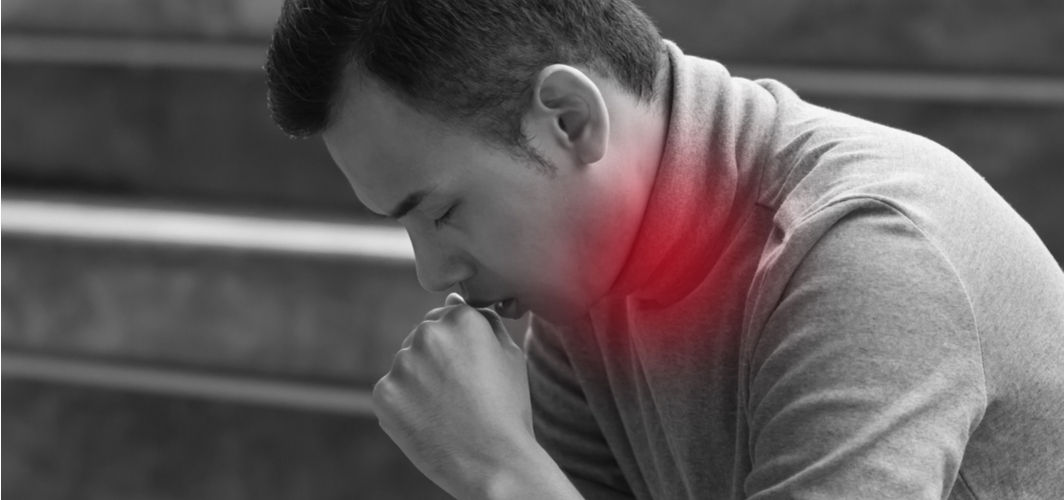General Health
Vocal Nodules and Remedies for Voice Hoarseness
3 min read
By Apollo 24/7, Published on - 28 September 2021, Updated on - 14 December 2022
Share this article
0
15 likes

The vocal cords are two bands of elastic muscles located in the middle of the voice box (larynx). Vocal cords create a way for the air to enter the windpipe. When a person speaks or sings, the vocal cords move closer and as the air passes through them, they vibrate and produce sounds. When these vocal cords are overused, the tissues of the cords swell up, resulting in the development of a nodule.
Vocal nodules are hard, non-cancerous growths that are usually present on both sides of the cord. Vocal nodules usually result from straining or overusing the voice, especially due to singing, shouting or talking loudly for long periods. Therefore, vocal nodules are also known as singer’s nodules and teacher’s nodules.
What are the signs of vocal nodules?
The symptoms of vocal nodules can vary for everyone. However, the most common signs include:
- Sudden change in the sound of the voice
- Voice gets hoarse, scratchy, breathy or cracks while speaking
- The pitch of the voice gets lower than usual
- Sharp pain in the ear and neck
- Feeling of a lump in the throat
- Difficulty in swallowing
- Feeling the need to clear the throat constantly
- Coughing
- Persistent tiredness.
These symptoms can also be prevalent in other pharyngeal (throat) conditions. Therefore, one must consult a doctor for further evaluation.
What causes vocal nodules?
Mostly, vocal nodules result from overuse or straining of the vocal cords due to shouting, singing or talking loudly. However, some of the other reasons that may increase the risk of developing a vocal nodule include:
- Smoking
- Thyroid dysfunction
- Sinusitis (inflammation of the sinus)
- Gastric reflux
- Allergies
- Consuming alcohol and caffeinated beverages in excess
- Stress.
How are vocal nodules treated?
The treatment of vocal nodules depends on the cause, size of the nodules, and other associated medical problems. These include:
- Taking rest: Avoid singing, shouting and even whispering to reduce the swelling and allow the nodules to heal on their own. One can also inhale steam to soothe the irritated and swollen vocal cords.
- Lifestyle modifications: Quit smoking and limit the consumption of alcohol and caffeine as they can dry out the throat and irritate the vocal cords, which may result in a nodule.
- Stay hydrated: Drink plenty of water to keep the vocal cords moist.
- Reduce stress: Practise meditation, mindfulness, yoga or Tai chi to relieve stress.
- Voice therapy: In this therapy, a speech-language pathologist educates the patient on how to use their voice safely without overusing it.
- Getting treated for underlying conditions: Treating underlying conditions such as acid reflux, allergies, sinusitis and thyroid problems can help relieve the symptoms associated with vocal nodules.
- Surgery: Surgery is usually recommended when the vocal nodules persist for more than a few weeks or increase in size. The surgery involves the removal of nodules without damaging the surrounding healthy tissues.
Conclusion
Vocal cord disorders such as vocal nodules often occur due to vocal abuse or misuse. The symptoms may include a raspy, hoarse, breathy voice along with trouble swallowing or coughing. One should consult a doctor immediately if the hoarseness or the change in the voice lasts longer than 2 weeks as a vocal nodule can affect the voice or ability to talk permanently.
Talk to an ENT specialist if you experience any symptoms of vocal nodules.
General Health
Leave Comment
Recommended for you

General Health
Home Remedies To Cure Anal Fissures Permanently
Anal fissures are a common problem that occurs due to constipation and passing of hard stools. However, the concern is how long do fissures take to heal? And can anal fissures heal on their own?

General Health
Can Liv 52 Syrup Help In Liver Detoxification?
Discover the benefits of Liv 52, a powerful liver health supplement. Learn how it supports liver function, helps detoxify the body, and promotes overall well-being.

General Health
5 Best Exercises and Home Remedies for Neck Pain
Health conditions and a sedentary lifestyle can lead to severe neck pain. Without adequate care and observation, it can become torturous. To prevent neck pain from turning chronic, changing your lifestyle is essential. In this article, you will learn how to eliminate neck pain with simple exercises and home remedies.
Subscribe
Sign up for our free Health Library Daily Newsletter
Get doctor-approved health tips, news, and more.
Visual Stories

Could There Be More to Your Snore?
Tap to continue exploring
Recommended for you

General Health
Home Remedies To Cure Anal Fissures Permanently
Anal fissures are a common problem that occurs due to constipation and passing of hard stools. However, the concern is how long do fissures take to heal? And can anal fissures heal on their own?

General Health
Can Liv 52 Syrup Help In Liver Detoxification?
Discover the benefits of Liv 52, a powerful liver health supplement. Learn how it supports liver function, helps detoxify the body, and promotes overall well-being.

General Health
5 Best Exercises and Home Remedies for Neck Pain
Health conditions and a sedentary lifestyle can lead to severe neck pain. Without adequate care and observation, it can become torturous. To prevent neck pain from turning chronic, changing your lifestyle is essential. In this article, you will learn how to eliminate neck pain with simple exercises and home remedies.